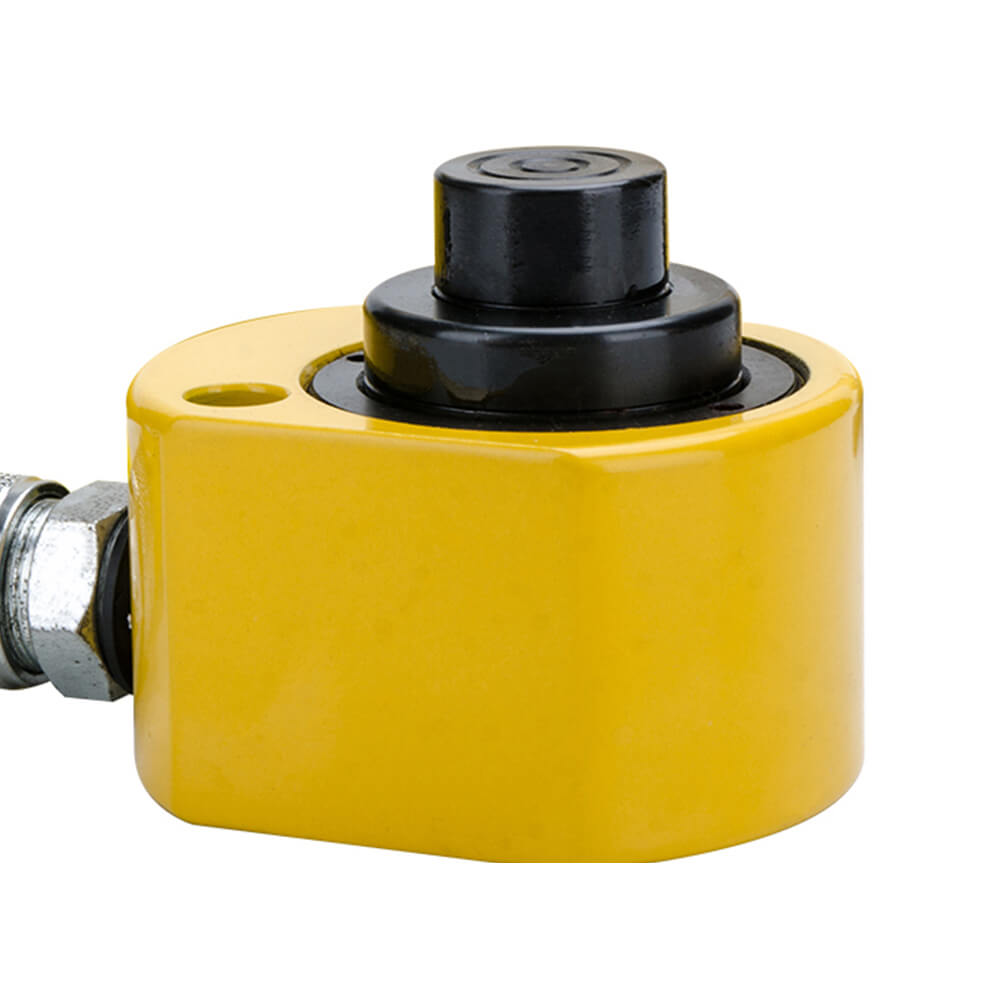- English
- Español
- Português
- русский
- Français
- 日本語
- Deutsch
- tiếng Việt
- Italiano
- Nederlands
- ภาษาไทย
- Polski
- 한국어
- Svenska
- magyar
- Malay
- বাংলা ভাষার
- Dansk
- Suomi
- हिन्दी
- Pilipino
- Türkçe
- Gaeilge
- العربية
- Indonesia
- Norsk
- تمل
- český
- ελληνικά
- український
- Javanese
- فارسی
- தமிழ்
- తెలుగు
- नेपाली
- Burmese
- български
- ລາວ
- Latine
- Қазақша
- Euskal
- Azərbaycan
- Slovenský jazyk
- Македонски
- Lietuvos
- Eesti Keel
- Română
- Slovenski
- मराठी
- Srpski језик
What Are the Risks Associated with Using Defective Steel Cylinders?
2024-09-04
Introduction to Steel Cylinder
Steel cylinders are used in a variety of industries such as medical, industrial, and specialty gases. They are used for storing and transporting compressed gases and other materials under pressure. Steel cylinders are designed to withstand high pressures, but defective cylinders can pose serious risks to users.

Common Questions Related to Steel Cylinder
Q: What are the risks associated with defective steel cylinders?
A: Defective steel cylinders can rupture or explode and cause injury or death. They can also leak hazardous materials which can cause environmental contamination and health risks.
Q: What are some causes of defective steel cylinders?
A: Defective steel cylinders can be caused by manufacturing defects, improper handling, improper maintenance or wear and tear.
Q: How can you identify defective steel cylinders?
A: Defective steel cylinders may have dents, scratches, or other damage. They may also have outdated or missing safety features.
Q: What should you do if you suspect a Steel Cylinder is defective?
A: If you suspect a steel cylinder is defective, you should immediately remove it from service and contact a qualified professional for inspection and testing.
Summary
In conclusion, it is important to use and handle steel cylinders with care to avoid any potential risks associated with defective cylinders. Regular inspection and testing can help detect any defects in steel cylinders and prevent any accidents from happening.
About Zhejiang Emeads Tools Co., Ltd.
Zhejiang Emeads Tools Co., Ltd. is a leading manufacturer of steel cylinders in China. We use advanced manufacturing techniques and quality control standards to ensure that our steel cylinders meet the highest safety standards. If you have any inquiries or questions, please contact us at sales@emeads.com.
Related Research Papers
1. G. Jagadeesh, et al. (2020). "Experimental investigation of steel cylinders subjected to external ballistics." Defence Technology, Vol. 16, No. 4.
2. D. Kang, et al. (2019). "Effect of welding residual stress on the fatigue life of high-pressure steel cylinders." International Journal of Fatigue, Vol. 123.
3. T. Ohsawa and H. Washizu. (2018). "Investigation of the safety margin for high-pressure gas storage steel cylinders." Materials Today: Proceedings, Vol. 5, No. 3.
4. K. Yin, et al. (2018). "Finite element analysis of leakage behavior of a high-pressure hydrogen storage steel cylinder." Journal of Physics: Conference Series, Vol. 999.
5. J. Zhang, et al. (2017). "Damage characterization of steel cylinders subjected to external explosion." Engineering Failure Analysis, Vol. 82.
6. S. Singh, et al. (2016). "Development of a new steel composite material for lightweight gas cylinders." Journal of Composite Materials, Vol. 50, No. 10.
7. M. E. R. Shanmugam and R. Sevvel. (2015). "Failure analysis of steel cylinders used in fire extinguishers." Engineering Failure Analysis, Vol. 53.
8. B. L. Xi, et al. (2014). "Fatigue crack propagation behavior of a high-strength steel used in cylinders for hydrogen storage." Materials Science and Engineering: A, Vol. 618.
9. H. C. Lee and J. H. Kim. (2013). "Durability design of composite-wrapped, steel-lined natural gas cylinders." Journal of Mechanical Science and Technology, Vol. 27, No. 9.
10. N. Wiesner, et al. (2012). "Stress analysis of large-scale carbon fiber composite filled steel cylinders." Composite Structures, Vol. 94, No. 3.



